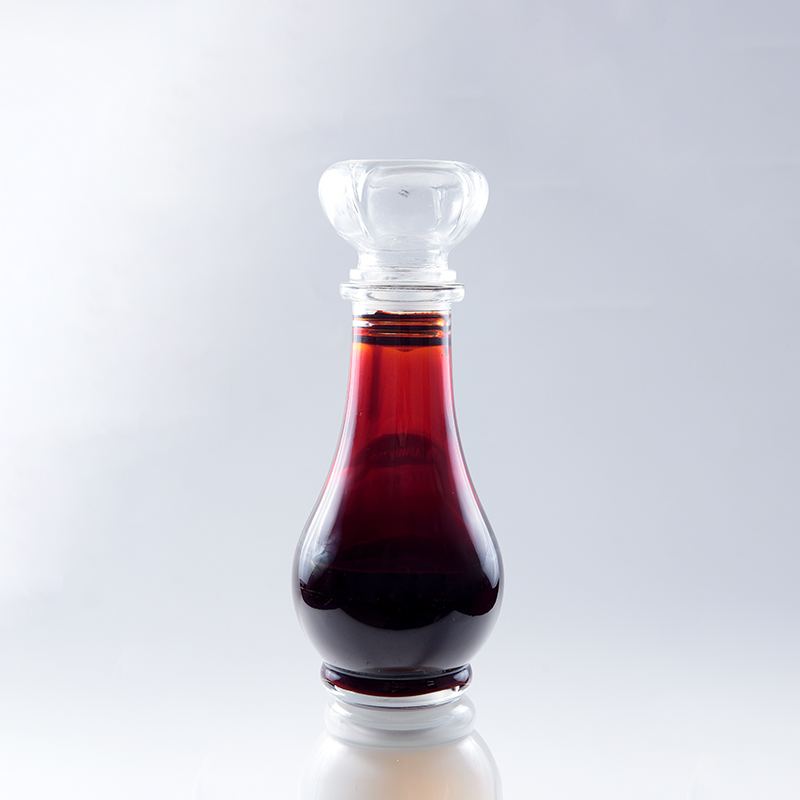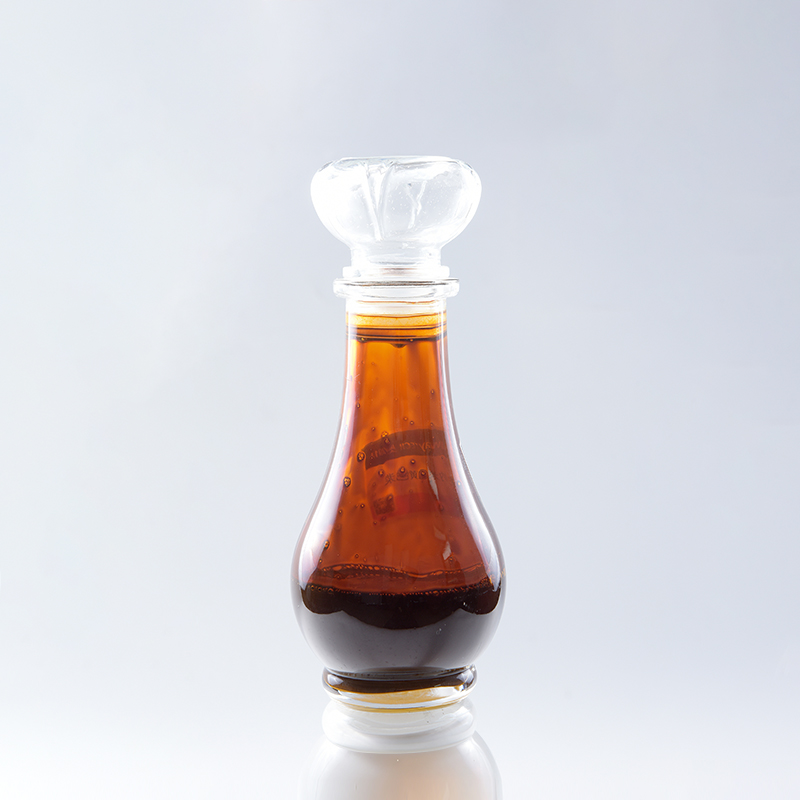Water-based colorants are widely used in various applications, including paints, inks, textiles, and cosmetics. Understanding the science behind the intensity and durability of water-based colorants is crucial for developing high-quality products. Several factors contribute to these characteristics, including the chemical composition of the colorant, its interaction with the medium, and the environmental conditions to which it is exposed. Let's delve into each aspect in more detail.
Water-based colorants encompass a broad range of compounds, including dyes and pigments. Dyes are typically organic compounds that dissolve or disperse in water, while pigments are insoluble particles that are finely dispersed in the medium. The molecular structure of the colorant influences its color, solubility, and stability.
The intensity of water-based dyes is determined by their ability to absorb light in specific wavelength ranges. Dyes achieve color by absorbing certain wavelengths and transmitting or reflecting others. The intensity of a dye's color is influenced by its concentration in the medium. Higher dye concentrations generally lead to more intense colors.
Pigments derive their color from the selective absorption and reflection of light by the particles dispersed in the medium. The size, shape, and chemical composition of pigment particles impact the color intensity. Smaller particles tend to produce more vibrant colors due to increased surface area and light scattering. Pigment concentration also affects color intensity, with higher concentrations resulting in more saturated hues.
Water-based colorants interact with the medium in which they are dispersed, such as water, binders, and additives. These interactions significantly influence color intensity and durability.
Environmental Factors:
The environment in which water-based colorants are used and stored plays a significant role in their durability.
a. Lightfastness: Lightfastness refers to the resistance of colorants to fading or color change when exposed to light. Some colorants are more susceptible to photodegradation than others. Factors such as UV radiation intensity, exposure duration, and the presence of light stabilizers or UV absorbers can influence the colorfastness of the colorant.
b. Chemical Resistance: Water-based colorants may encounter various chemicals during their application and use. The chemical resistance of colorants is essential for preserving their intensity and preventing color shifts or fading. Factors such as exposure to acids, alkalis, oxidizing agents, or other reactive substances should be considered.
c. Moisture and Heat: Water-based colorants are exposed to moisture during application and can also be subjected to elevated temperatures during drying or curing processes. These conditions may affect the stability and durability of the colorant, potentially leading to color changes or degradation.


 English
English
 中文简体
中文简体







